How do you have a creative life? The good news is that there is no wrong answer. The bad news is it’s not easy.
I believe that the single most important requirement to have any success in the arts, and by arts I mean anything that is a creative effort whether it’s writing or photography or quilt making or painting or whatever your specific passion happens to be, is that you know what you want.
OK, wait, back up. That’s not right. First, what is an artist? Let me be clear, it doesn’t matter what anyone but you decides that is. If you believe that an artist is a person who works 30 hours a week in a studio doing life drawing, that’s great. If you believe an artist is a person who spends two hours three nights a week on wood carving in their garage, that’s also great. It doesn’t matter what anyone else thinks, only what you think.
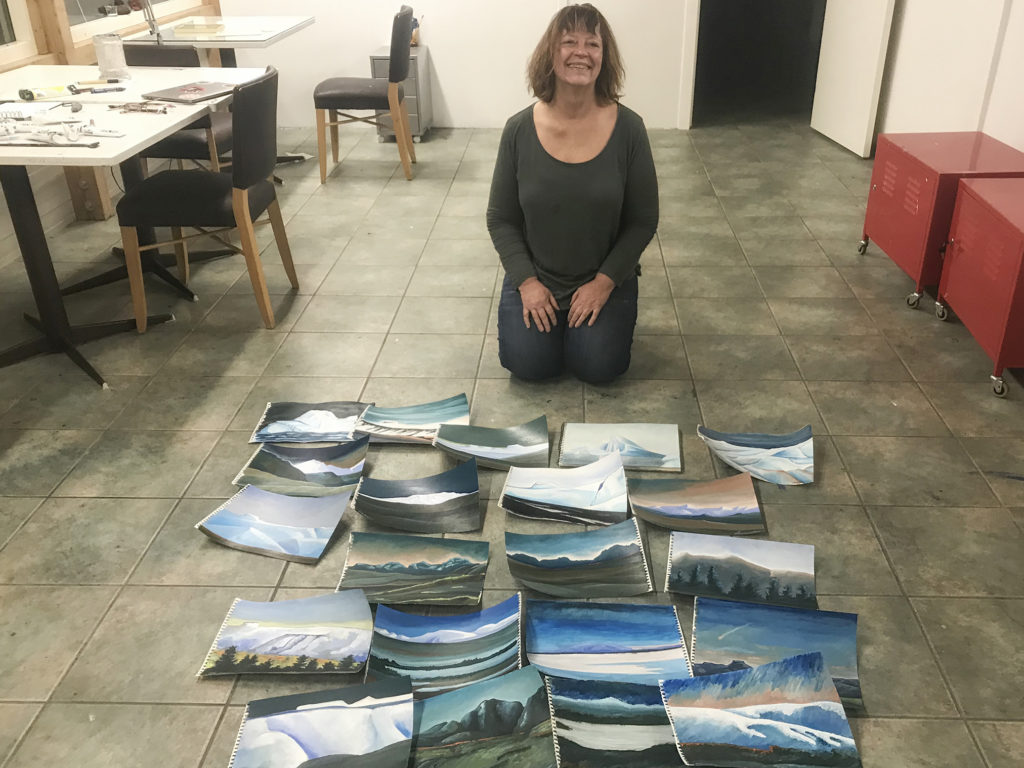 The reason is that regardless of the amount of time, or the level of skill a person has, the difference between regarding yourself as a hobbyist and an artist is a big one. You need to believe in yourself, your work, and your career in order to promote your work. Certainly you can believe in your hobby and sell what you’re making, but the amount of effort it takes to build a career in the arts is on a completely different level from selling to friends and participating in local craft sales, though being in those is perfectly fine. There’s nothing wrong with selling your work where ever you can.
The reason is that regardless of the amount of time, or the level of skill a person has, the difference between regarding yourself as a hobbyist and an artist is a big one. You need to believe in yourself, your work, and your career in order to promote your work. Certainly you can believe in your hobby and sell what you’re making, but the amount of effort it takes to build a career in the arts is on a completely different level from selling to friends and participating in local craft sales, though being in those is perfectly fine. There’s nothing wrong with selling your work where ever you can.
Once you’ve defined yourself as an artist, what do you want? Do you want recognition? Do you want to sell work, and how much? Do you want to win awards or receive grants or show nationally or publish in three foreign languages? You need to know your goals.
I have short term, mid term, and long term goals for my work. My short term goal is to sell enough art work and photography to cover my travel costs to the places I need to go for the images I want to make that support the themes that matter to me. I have a mid term goal which has to do with expanding my name recognition through broader representation and getting at least one grant, and a long range goal which is getting a Fulbright or some other large foundation grant that will enable me to accomplish a specific project in Greenland that is my heart’s desire, and that I certainly can’t do without major backing.
You may notice that not one of these goals is “make a lot of money.” Not many people manage that, even if they want to.
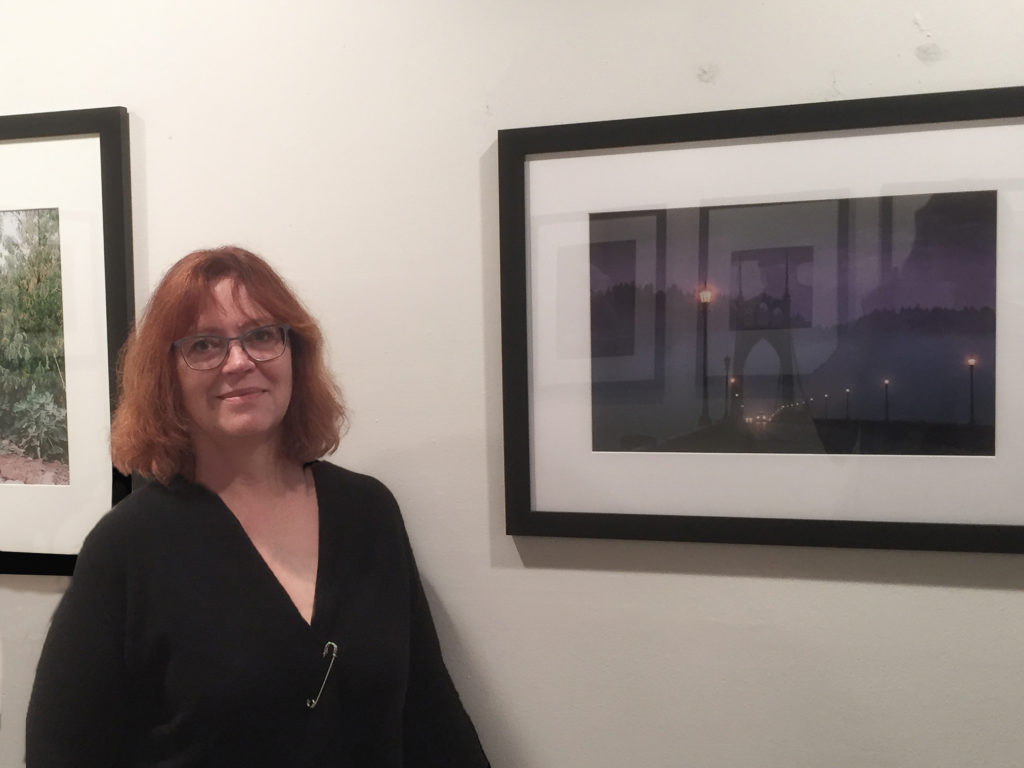 Once you know what you want, you might want to think about your relationship with your public. Who is your audience? Where do they spend their time? How can you reach them? Do you believe that you’re best served by a traditional relationship with a gallery? Do you want to reach a broader audience by launching yourself into the online world? Do you want complete control over everything you do, including your relationships with your audience?
Once you know what you want, you might want to think about your relationship with your public. Who is your audience? Where do they spend their time? How can you reach them? Do you believe that you’re best served by a traditional relationship with a gallery? Do you want to reach a broader audience by launching yourself into the online world? Do you want complete control over everything you do, including your relationships with your audience?
There’s no wrong answer, and these can all be answered with “ands”. Have a local gallery AND work with several online venues. Self-publish AND send work out to agents. Sell at craft stores AND look for representation in a museum. This is your strategy, it can be whatever you want, just have one. Because if you don’t, maybe you’ll be lucky and succeed, but more likely no one will ever see your work until it’s found in the garage after your death. Posthumous fame doesn’t interest me.
Decide how much time you want to spend on the business of art, which includes marketing, sales, tracking, bookkeeping, applying for grants and residencies, and a million other things that are not creative work. Figure out how much time a week you want to spend on business, compared to how much time you spend on doing your work. That will also impact your choice going forward.
So what did I do?
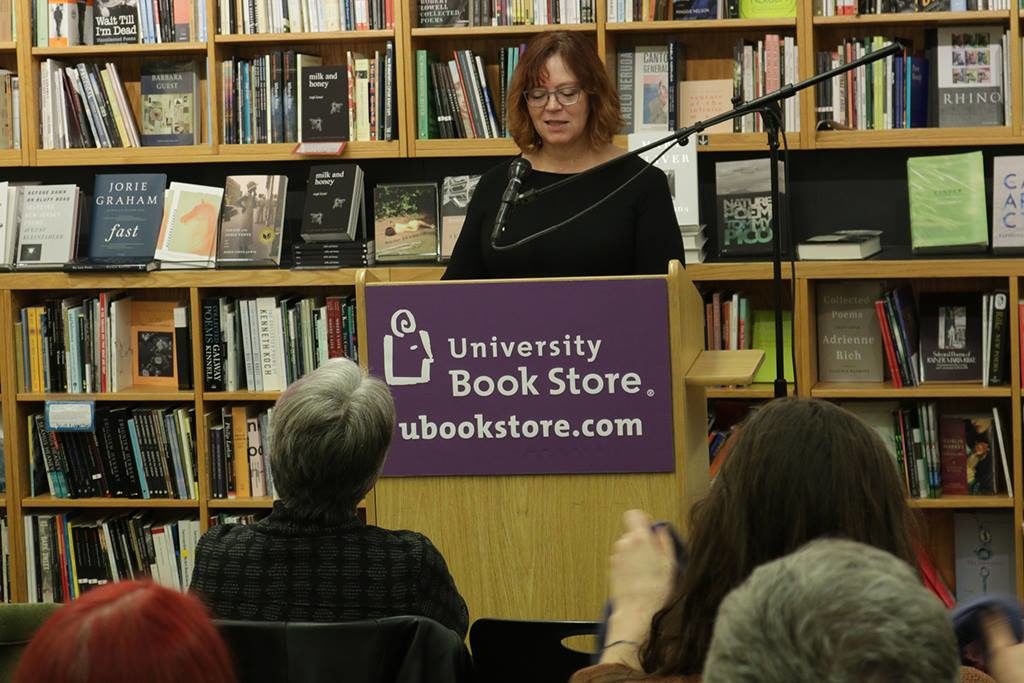 My choice is born from knowing many writers, and watching what happened as the traditional venues for professional writers shriveled up. I watched people struggle with self-publishing and all the arguments about it. I thought about my experiences as a younger woman in the traditional art world when I was represented by a gallery, both in Portland and in Toronto. I watched the rise of Kick Starter and Go Fund Me and Patreon. I thought about my personal philosophy of art and the public in the light of the astonishing speed of technological change, the repeated attacks on copyright protections, and the rise of social media. I watched friends of mine both succeed and fail, and thought about why.
My choice is born from knowing many writers, and watching what happened as the traditional venues for professional writers shriveled up. I watched people struggle with self-publishing and all the arguments about it. I thought about my experiences as a younger woman in the traditional art world when I was represented by a gallery, both in Portland and in Toronto. I watched the rise of Kick Starter and Go Fund Me and Patreon. I thought about my personal philosophy of art and the public in the light of the astonishing speed of technological change, the repeated attacks on copyright protections, and the rise of social media. I watched friends of mine both succeed and fail, and thought about why.
My decision was to take advantage of social media. I can reach people across the world on FB in a way I couldn’t with any other venue. I saw my friend Wendy’s success as she bared her soul on her Kick Starter and realized that an important part of my value for my audience lies in who I am, what my life is, and what I want to do.
I made a specific, conscious choice to share a large part of my life with my audience. I invited them to become my friends, to share my joys and sorrows, to talk about what was important to me. I work to build a social network that enjoys my art and my adventures and is supportive of my goals. I am fortunate that many people have shared my work beyond my reach. Yes, I give up a certain amount of privacy, but I feel the rewards have been worth it. Frankly I think privacy in the 21st century is an illusion anyway.
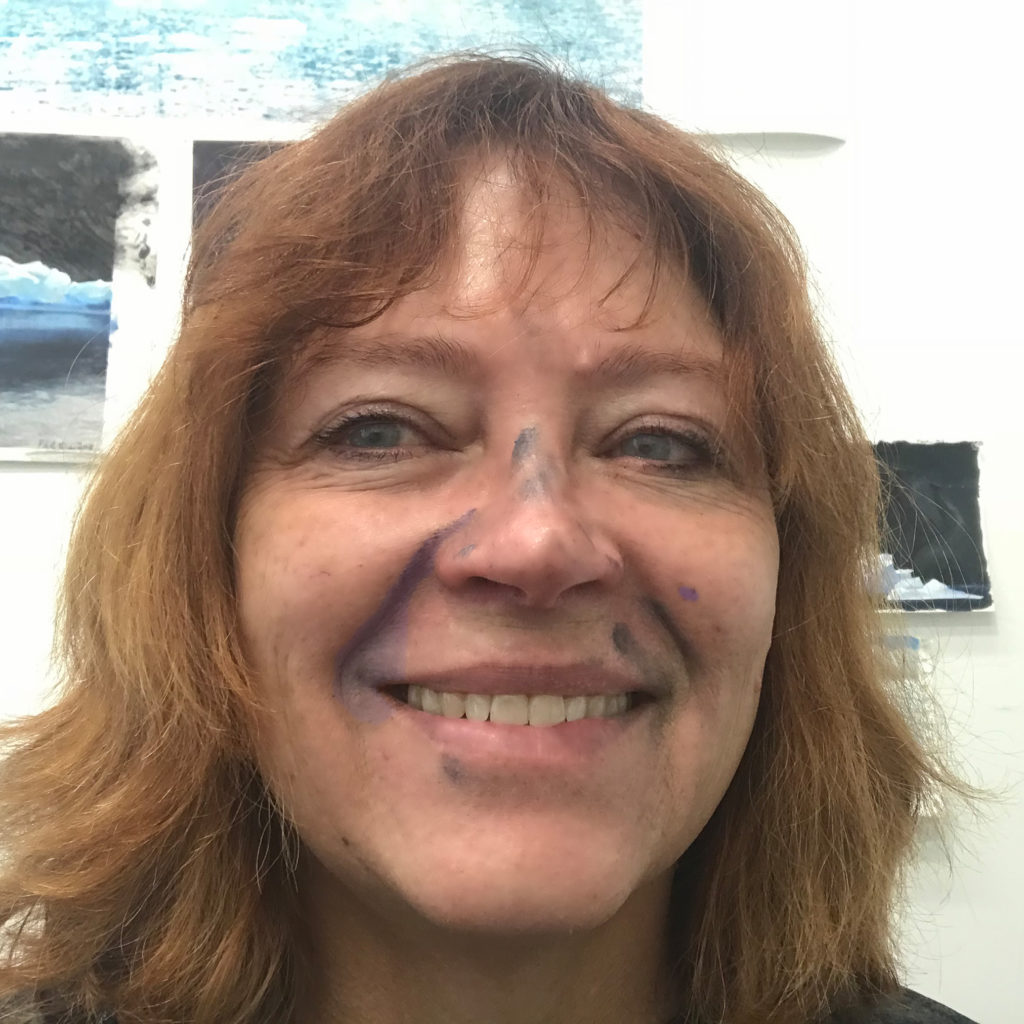 When I began this adventure, I had 20 friends. I now have 500. Many of these people have become friends-in-life as well as online friends. Many of these people have supported me both financially and emotionally as I have struggled to refine and define myself as an artist. Without their support I don’t know if I would had the courage to keep pushing forward. No artist works in a vacuum.
When I began this adventure, I had 20 friends. I now have 500. Many of these people have become friends-in-life as well as online friends. Many of these people have supported me both financially and emotionally as I have struggled to refine and define myself as an artist. Without their support I don’t know if I would had the courage to keep pushing forward. No artist works in a vacuum.
But this has a cost. I spend hours a day online. I try to touch everyone at least once a week. I have a strict online policy of likes for likes, of responding to every comment, of answering messages. When I can, I create events for people in nearby locations to meet me, to come see my work, to have physical contact as well.
I’m doing the same thing with Instagram, which is an even more tit for tat network. I’ve received co-marketing proposals from photographers abroad – if I’m willing to follow them and/or recommend their work to my followers, they will do the same for me with the goal that we will both win additional followers. And, in fact, I just sold my first photographic print to a complete stranger on Instagram, which was a red letter day for me.
This is not for everyone.
In addition to spending several hours a day on FB, and usually 30 minutes a day on Instagram, I spend at least a full day and currently more on business and administration as I play catch up from my arctic residencies on the other work that must be done. Maintaining an inventory. Making, selling, and shipping calendars. I have to update the work on my website. I need to turn the key on the shopping function on my website. I need to investigate ways to increase traffic to my website.
In the world of Kick Starter, Go Fund Me, and Patreon, I chose Patreon as my monthly income model. Let me be clear, I don’t make much money from Patreon, but as a friend of mine pointed out, every dollar I make from Patreon doing something I was going to do anyway is a dollar I didn’t have before.
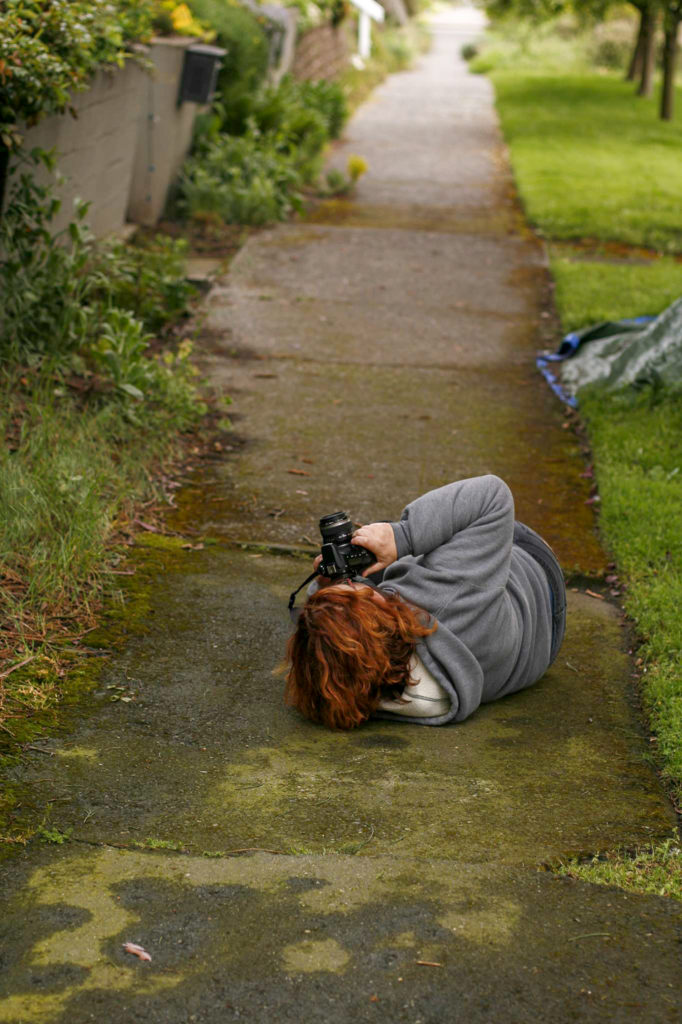 I think that’s something that needs to be pointed out. Unless you’re unusually fortunate as an artist, you need multiple income streams. I sell calendars, photographs, paintings, and run a Patreon. I hope to develop more products to sell this year. I hope to jump start a particular photographic niche for myself, I will be applying for grants for the first time this year (and that was half a day researching grants and then calendaring the dates by which I should apply for them). Some of my followers have said they would support a Go Fund Me for me to go to Antarctica. Wow. That floored me.
I think that’s something that needs to be pointed out. Unless you’re unusually fortunate as an artist, you need multiple income streams. I sell calendars, photographs, paintings, and run a Patreon. I hope to develop more products to sell this year. I hope to jump start a particular photographic niche for myself, I will be applying for grants for the first time this year (and that was half a day researching grants and then calendaring the dates by which I should apply for them). Some of my followers have said they would support a Go Fund Me for me to go to Antarctica. Wow. That floored me.
This would be impossible if I had a full time job. And this is the dirty secret no one likes to talk about. To succeed in the arts you need to be able to afford the time to make art, and the time to sell art. Doing this while working a regular job is very, very hard. Add in a family and a relationship, and it becomes nearly impossible. I’ve written about this before here on my writing website. So if you have a partner who’s willing to support your art habit, or a government that will give you money to work at being an artist, or a wealthy aunt who left you some money, you’re lucky.
It’s vital to take your art business seriously. It’s work. It’s a job you may love, but it’s still a job. I work every day. Some weeks I take off one day for pleasure, but usually I work seven days a week because I must do everything myself, both making the art as well as the business of art. That takes a lot of time. Is it worth it? It is to me, but there are things I sacrifice. I don’t watch TV, I don’t see movies, I don’t read many books. My romantic life is close to non-existent. My friends are fortunately understanding, or they would be few indeed. It’s worth thinking about what are you willing to give up to have this life.
I’m sure I haven’t answered every question, but my hope is that this give a realistic view at least of my experience as a working artist. I’m happy to answer questions if you have them, as long as you keep in mind that my experience is not necessarily going to be your experience.